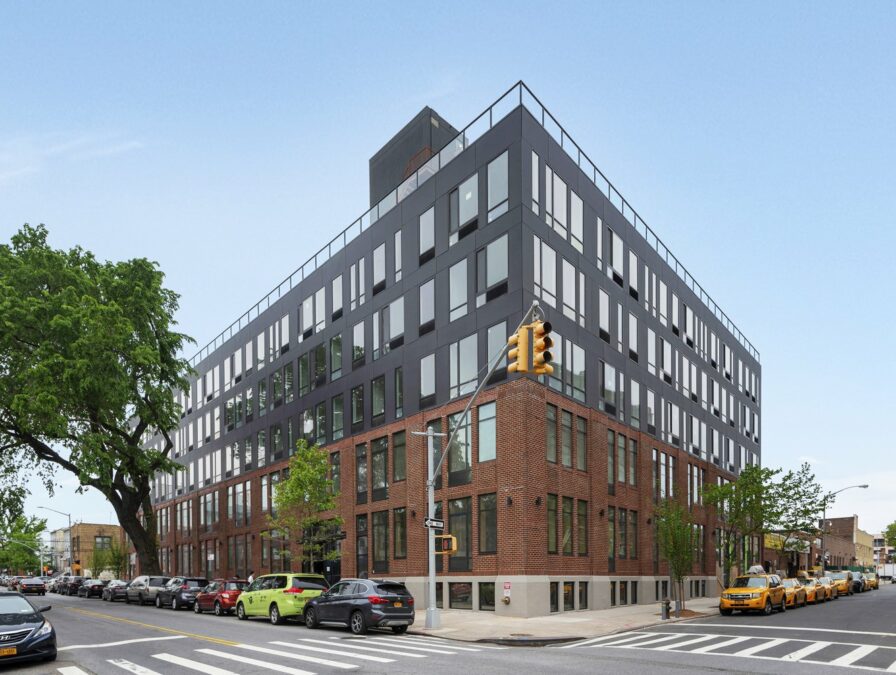In our previous article we discussed the stigma of affordable housing. Most people associate low-income housing with crime, poverty and lack of contribution to society. That is simply not the case and it shouldn’t be a generalization for affordable housing. With rising housing costs and increased construction costs the solution has begun affecting more and more people. In this article we will address the demographics affected by the lack of affordable housing. Understanding who the affordable housing crisis affects is a step towards community buy-in.
With little to no understanding of the affordable housing demographic, many people take the stance, “Not in my backyard!”. Affordable housing is not a handout, it is a necessity. For years, the middle class has been squeezed as the rich get richer and the poor get poorer. At the same time, the cost to rent or purchase housing has become less affordable for millions of Americans.
- 1 in 3 households in Charlotte now pay more than 30% of income on housing costs
- 34,000 affordable housing units are needed in Charlotte, per recent HUD estimates
- Senior population is growing rapidly, about half expected to be less than 60% AMI (Area Median Income) and in need of affordable housing
According to a study by the UNC Charlotte Urban Institute, nearly 40,000 families in Mecklenburg County spend more than half of their income on rent. The report documents the gap between wages and fair market rents (for standard-quality rental units) in communities across the United States. The research also found that those in minimum wage jobs must work 96 hours a week to afford a two-bedroom apartment. The police officers, teachers, people in the service & retail industries, construction workers and others who work hard in our community cannot afford to live in the Queen City any longer.

Affordable housing improves the quality of life of residents by leading to better health, adequate jobs, financial stability, security, and population diversity. The effects of affordable housing on residents are profound and capable of transforming communities, especially when the projects are designed with an urban plan in mind.
- Affordable, quality housing attracts teachers, cops, nurses, firefighters and other key service providers to the community.
- Transportation options enable residents to search and find jobs in areas accessible to them, providing job security, improving their financial status and eliminating the need for cars.
- Commercial spaces give access to essential products and services as well as employment opportunities.
- Community centers bring residents together, offer entertainment, help improve their education and skills through classes on useful subjects such as computers, communications, trades and arts, and provide other valuable services.
- Walkable complexes promote interaction among residents and strengthen community ties.
An affordable housing development that incorporates such elements improves residents’ circumstances and empowers them with the tools they need to help themselves, succeed in their endeavors and become productive members of society. The first Purpose Built Community in Charlotte is Renaissance West Initiative which revitalized Boulevard Homes into a recently completed community of “mixed-income housing, educational opportunity, health & wellness and commercial investment”. Dionne Nelson of Laurel Street Residential was the strong advocate and leader of making this unique community into a successful reality.
This crisis won’t be fixed overnight but strides must be taken or we will only fall further behind the growing need. The collaborative efforts of many are committing their time and money into Place-Based initiatives to break the cycle of generational poverty. Concentrated areas of poverty require concentrated investment of various resources. To have a sustainable impact, education, housing, employment and health & wellness must be addressed.
Click here for more statistics on affordable housing needs and who it affects.



